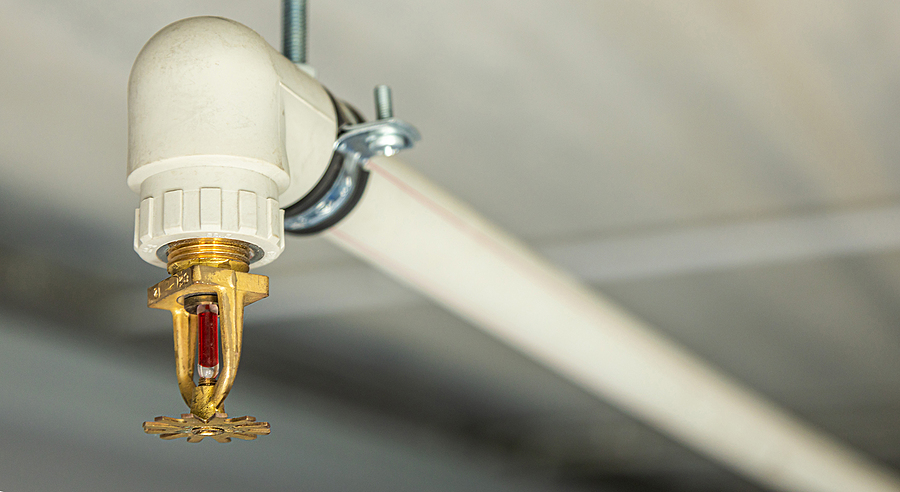If you are installing a fire sprinkler system, you should always go ahead with the right type. This is where you will notice that there are two main options to consider. They include dry pipe sprinklers and wet pipe sprinkler systems. Let’s explore the differences and see what the best option available to consider is.
What is a wet pipe sprinkler system?
The most popular and conventional kind of fire sprinkler system is the wet pipe system. Pressurized water is always confined within the sprinkler pipes in a wet pipe system. Water will be released into the damaged area as soon as the system is turned on during a fire.
Benefits of a wet pipe sprinkler system
The main benefits of wet-pipe sprinkler systems are their dependability and ease of use. Because wet-pipe fire sprinkler systems have fewer parts than other types, there is a lower chance of malfunction even during extended periods of system dormancy. Compared to other more complex forms of fire suppression systems, less maintenance is needed to keep the system operating properly. These systems are easy to install and need minimal servicing time because of their simplicity.
Drawbacks of a wet pipe sprinkler system
Wet pipe fire sprinkler systems’ greatest drawback is that they might freeze in below-40-degree Fahrenheit weather. In the event of a fire, sprinkler pipes that are frozen will not function, and the frozen water may rupture pipes, resulting in water damage to your establishment.
Common uses of a Benefits of a wet pipe sprinkler system
Wet pipe sprinkler systems are often placed in the following locations:
- Retail outlets
- Apartment buildings
- Hotels
- Office buildings
- Nursing homes
- Entertainment systems
What is a dry pipe sprinkler system?
Water is not present in the sprinkler pipes of a dry pipe fire sprinkler system. Rather, the sprinkler pipes contain nitrogen or pressurized air, and a dry pipe valve holds the water back. Sprinkler valves activate in response to the detection of a fire, causing water to flow through pipes and onto the fire.
Benefits of a dry pipe sprinkler system
Dry pipe sprinkler systems perform best in regions with lows of 40°F since there is no chance of pipe freezing because there is no water in the pipes.
Drawbacks of a dry pipe sprinkler system
Because dry pipe fire sprinkler systems are more sophisticated than wet pipe fire sprinkler systems, they are usually more expensive to install and maintain. Furthermore, depending on the distance between the water supply and the sprinkler head, dry pipe systems may respond to a fire a little more slowly. Installing a wet pipe system is advised whenever feasible due to the higher cost of these systems; nevertheless, to safeguard colder climates, a dry pipe system may be added in addition to a wet pipe system.
Common uses of a Benefits of a dry pipe sprinkler system
Wet pipe sprinkler systems are often placed in the following locations:
- Exposed loading trucks
- Commercial freezers
- Unheated warehouses
Contact an expert to get your fire sprinkler system
Now you are aware about the different types of fire sprinkler systems available. Make sure that you always pick the right type of fire sprinkler system out of them. Contact an expert for the installation and you will not have anything to worry about.
